Shift in Consumer Preferences
Consumer preferences in the GCC are evolving, with a growing inclination towards service-oriented models, including lighting as-a-service. Businesses are increasingly seeking flexible and scalable solutions that allow them to adapt to changing needs without the burden of upfront capital expenditures. This shift is particularly evident in sectors such as retail and hospitality, where the demand for customizable lighting solutions is on the rise. The lighting as-a-service market is well-positioned to cater to these preferences, offering tailored solutions that align with the dynamic requirements of modern businesses. As consumer behavior continues to evolve, the market is likely to witness sustained growth.
Growing Demand for Energy Efficiency
The The lighting as-a-service market is experiencing a surge in demand for energy-efficient solutions in the GCC.. As businesses and governments increasingly prioritize sustainability, energy efficiency has become a critical focus. The GCC countries have set ambitious targets to reduce energy consumption, with initiatives aiming for a 30% reduction by 2030. This trend is driving the adoption of advanced lighting technologies that not only lower energy costs but also enhance operational efficiency. The shift towards energy-efficient lighting solutions is expected to propel the growth of the lighting as-a-service market, as organizations seek to minimize their carbon footprint while optimizing their energy usage.
Government Incentives and Regulations
Government policies and regulations in the GCC are playing a pivotal role in shaping the lighting as-a-service market. Various initiatives aimed at promoting energy efficiency and sustainability are being implemented, including financial incentives for businesses that adopt innovative lighting solutions. For instance, the UAE has introduced regulations that mandate energy-efficient lighting in new buildings, which is likely to stimulate market growth. These regulations not only encourage the adoption of lighting as-a-service models but also create a competitive landscape where companies are incentivized to invest in advanced lighting technologies. The alignment of government policies with market needs is expected to foster a conducive environment for the lighting as-a-service market.
Increased Awareness of Environmental Impact
There is a rising awareness of the environmental impact of traditional lighting solutions among consumers and businesses in the GCC. This heightened consciousness is driving the demand for sustainable lighting options, which is a key factor in the growth of the lighting as-a-service market. Organizations are increasingly recognizing the importance of reducing their environmental footprint, leading to a shift towards energy-efficient and eco-friendly lighting solutions. The potential for significant reductions in greenhouse gas emissions through the adoption of advanced lighting technologies is compelling. As awareness continues to grow, the lighting as-a-service market is expected to benefit from this trend, as more entities seek to align their operations with sustainable practices.
Technological Advancements in Lighting Solutions
Technological innovations are significantly influencing the lighting as-a-service market in the GCC. The integration of smart lighting technologies, such as IoT-enabled systems, is enhancing the functionality and efficiency of lighting solutions. These advancements allow for real-time monitoring and control, which can lead to energy savings of up to 50%. As businesses increasingly recognize the benefits of smart lighting, the demand for lighting as-a-service models is likely to rise. The ability to leverage data analytics for optimizing lighting usage presents a compelling value proposition, making it an attractive option for organizations looking to enhance their operational efficiency while reducing costs.


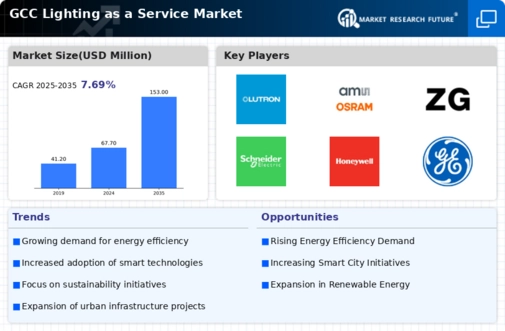
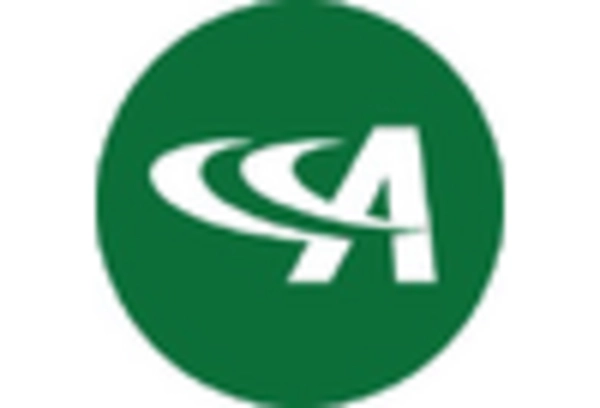
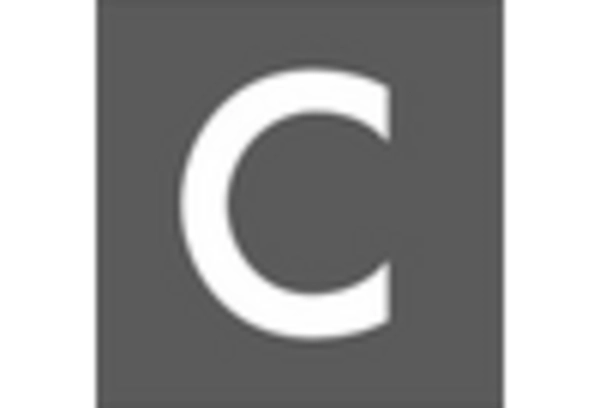
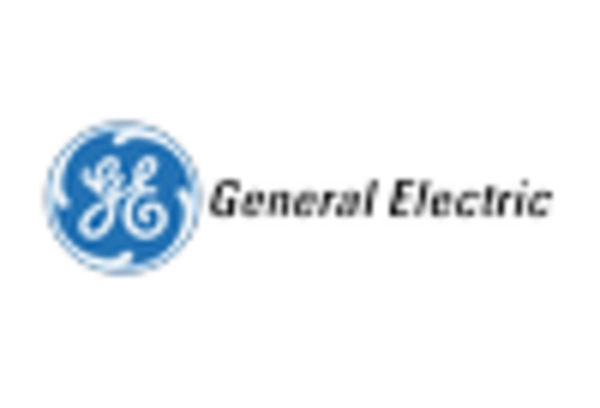
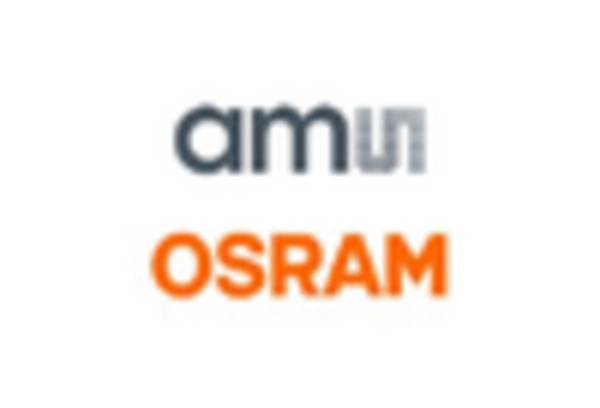
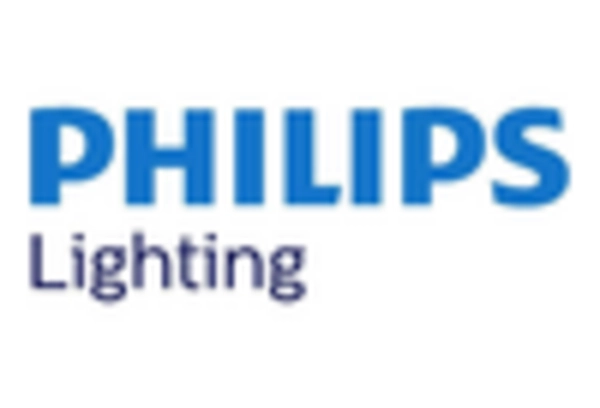









Leave a Comment